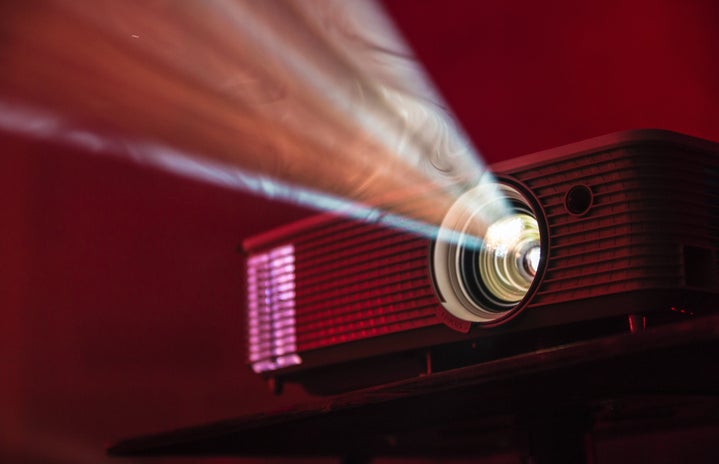Since the 90s, we’ve loved our female icons like Buffy, Sabrina, and the Charmed sisters. Seeing powerful, successful women on-screen has been inspiring and empowering to women young and old as we’ve watched them grow into their powers and felt ourselves grow into our own. Shows focused around women in power are, believe it or not, relatively new in television history and we’re still working to improve the image that they put forth (we love Lucy, too, but the 50s was definitely not the best decade for women).
Laverne and Shirley, Charlie’s Angels, and Cagney and Lacey from the 70s and 80s were some of the first popular shows to emphasize even something as simple as female employment. Before shows like these, television mainly focused on homemakers and really viewed women in terms of what they could offer men. This, of course, only mimicked the sentiments of the era. It wasn’t even until the 90s when producers began putting out shows that reflected not only women with jobs, but women who were given a voice, women who could save the world.
Bewitched and I Dream of Genie paved the way for more supernaturally powerful women in shows like Buffy the Vampire Slayer, Sabrina the Teenage Witch, and Charmed to enter the screens in the late 1990s. These women were and still are remarkably encouraging role models for their audiences as we stood by their side to fight the patriarchy, stuck with them through their romantic conflicts, and battled with them against the forces of evil. They embraced their power without renouncing their femininity and demonstrated that women are significant no matter their proximity to men. Many people think of shows as just entertainment and fail to consider their influence on society. While they are created with the hope of entertaining a target audience, they hold a certain responsibility to mirror society and represent the people within. These shows allowed women to be represented in more complex ways than ever before and that was a groundbreaking accomplishment.
With representation in mind, however, each of these shows and more leading up to the 2010s have something in common: a lack of empowered POC female leads. Famous female-led shows, even fairly recent ones like Gilmore Girls or Pretty Little Liars, have still failed to include leading POC characters. There are plenty of shows that use the ‘POC best friend’ trope, but sadly very few in mainstream media allowed them to take the role of the main character. Only in the past few years have shows like How to Get Away with Murder and Scandal made their way into the limelight and displayed powerful, outspoken women of color in a modern capacity.
Though we have come to a point where there are finally shows about women in power and women of color at that, there is still more work to be done. Looking back at the portrayal of women in shows over the years, a considerable amount of progress has been made and representation has increased significantly. As society becomes more open and accepting of diversity, we will see even more changes in future shows to push for a larger target audience and reflect social and political perspectives in new, innovative ways.


